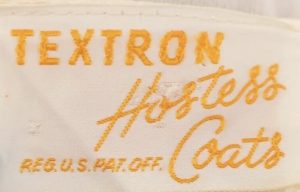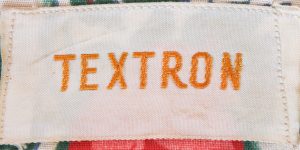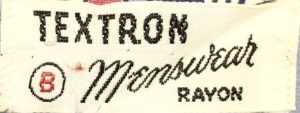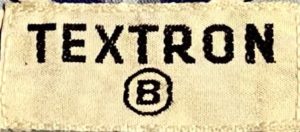Textron began as a subsidiary of the textile manufacturing firm, Atlantic Rayon. The parent company, which was originally called Special Yarns Corporation, was founded by Royal Little in 1923. Special Yarns was initially located in Boston, Massachusetts but relocated to Providence, Rhode Island in 1930. The business grew steadily throughout the years of the Great Depression and in 1938 the name was changed to Atlantic Rayon.
During the Second World War the company continued to expand, fueled in part by government contracts for parachutes and other war-related textiles. In the early 1940s Royal Little devised a plan for vertical integration that was intended to offset the loss of government-generated revenue in the immediate post-war years. He set out to develop new product lines of household textiles and finished garments that could be sold directly to retailers.
Textron was set up for this very purpose. In 1943 the new branch of Atlantic Rayon began to produce men’s pajamas, robes, boxer shorts, and sports shirts. The womenswear line included aprons, blouses, and a wide array of intimate apparel including slips, negligees, bed jackets, and dressing gowns. The following year, the name Atlantic Rayon was abandoned and the name Textron, Inc. was adopted by the parent company.
By 1949 Textron was one of the top ten textile companies in the United States. However, by the end of the decade its apparel lines had become unprofitable. In 1950 the blouse division was sold to Blousemaker, inc. and the loungewear line was sold to Louis Wardi and Textron’s former merchandise manager, Evelyn Pearson. Wardi and Pearson organized a new corporation, Evelyn Pearson, Inc. and Pearson assumed the role of president of her namesake company.
In 1950 newspaper editorials announced that Textron was also discontinuing its menswear division. However, men’s shirts, shorts, and ties with the Textron label were advertised through the 1950s and men’s pajamas were advertised through 1965.
In the 1950s Textron began to acquire companies in various industries. By the mid-1960s it was no longer in the textile manufacturing business. In 1968 Textron acquired the zipper manufacturer, Talon, Inc. Today Textron is a large multi-industry corporation specializing in aviation.
Written by Jennifer Binns of Hollie Point Vintage



